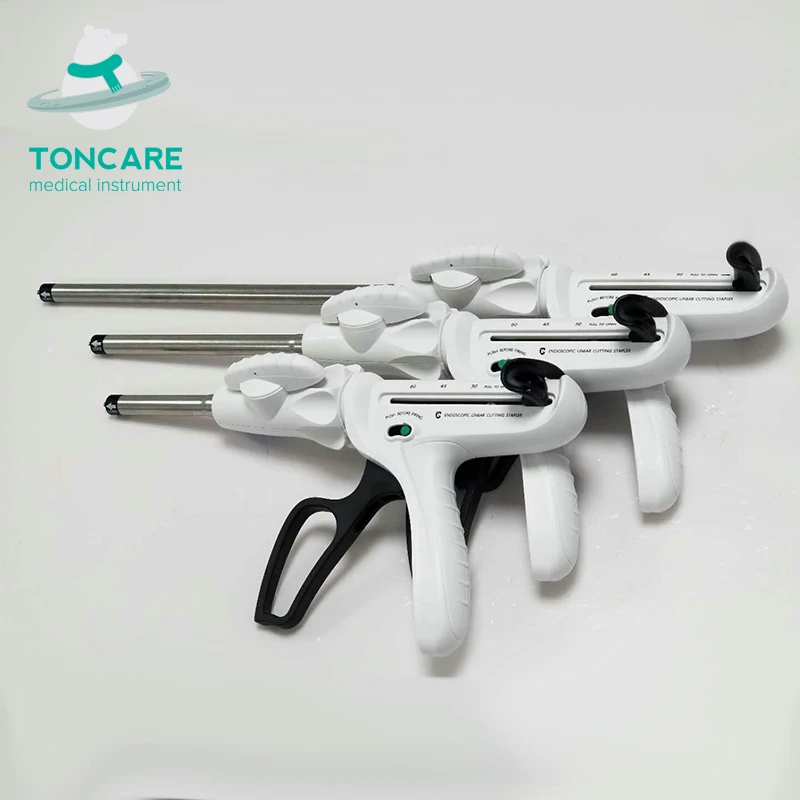
6 Stapler placement, assessment of tension and firing of staplers were monitored using the surgical video-assisted system. Stapling was conducted according to Shimizu et al (2018), to avoid possible situations that could lead to vascular dissection. In all cases of open thoracotomy, a scope was used as a light source and to record the procedure.ĭuring stapling, vessels were held gently, and the stapler shaft was rested on the chest-wall port to minimize hand shaking while firing. The RA truncus was divided by a stapler through the seventh intercostal port at the mid-axillary line. Arteries <5 mm in diameter were ligated with the energy sealing device only. Generally, pulmonary arteries (diameter >10 mm) were divided with staplers, thick pulmonary arteries ≥5 mm in diameter were ligated with 1–0 sutures and the peripheral site was ligated with an energy sealing device. The Wound Protector (SurgiSleeve TM, extra small size, Medtronic, USA) was placed through the window.
#Crewlin endo gia stapler skin#
A lateral skin incision (approximately 2–3 cm) was made as a window, generally by performing a fourth intercostal thoracotomy from the mid-axillary line. A 30-degree thoracoscope was inserted through the seventh intercostal port at the mid-axillary line.

Total Thoracoscopic Right Upper Lobectomy ProcedureĪfter a double-lumen endotracheal intubation, patients were positioned in a left lateral position under general anesthesia. The characteristics and performance of different endoscopic staplers, powered and manual, were evaluated.
#Crewlin endo gia stapler series#
This case series assessed bleeding at the arterial stump following transection of the pulmonary artery during VATS and open-chest surgical procedures for lung cancer. 4 However, no comparison between outcomes associated with the use of differently powered staplers has been reported to date.Īnecdotal evidence from discussions with experienced surgeons suggests differences in bleeding levels between different powered devices.
#Crewlin endo gia stapler manual#
5 Recent research has demonstrated evidence of potential clinical (bleeding and transfusion) and economic benefits associated with the use of powered staplers compared to manual staplers in video-assisted thoracoscopic surgery (VATS) lobectomies.

Expert consensus regarding endoscopic stapling in thoracic surgery is that improved device stability could reduce surgeons’ stress and prevent unintentional tissue damage during surgery. By reducing movement at the distal tip up to 88% versus manual staplers, powered staplers minimize the impact of surgeons’ hand tremors during firing 3, 4 this reduces trauma to adjacent tissue and potential instances of bleeding. Powered staplers incorporate a motor to power both staple firing and the cutting action of the blade. 1 Additionally, leaking or oozing of blood from arterial stumps may obscure the surgical area and causes stress to surgeons.

Endoscopic staplers are crucial tools for thoracoscopic surgical procedures: however, stapling of pulmonary vasculatures during thoracic surgery can be associated with intraoperative adverse events, such as bleeding from transected tissue.


 0 kommentar(er)
0 kommentar(er)
